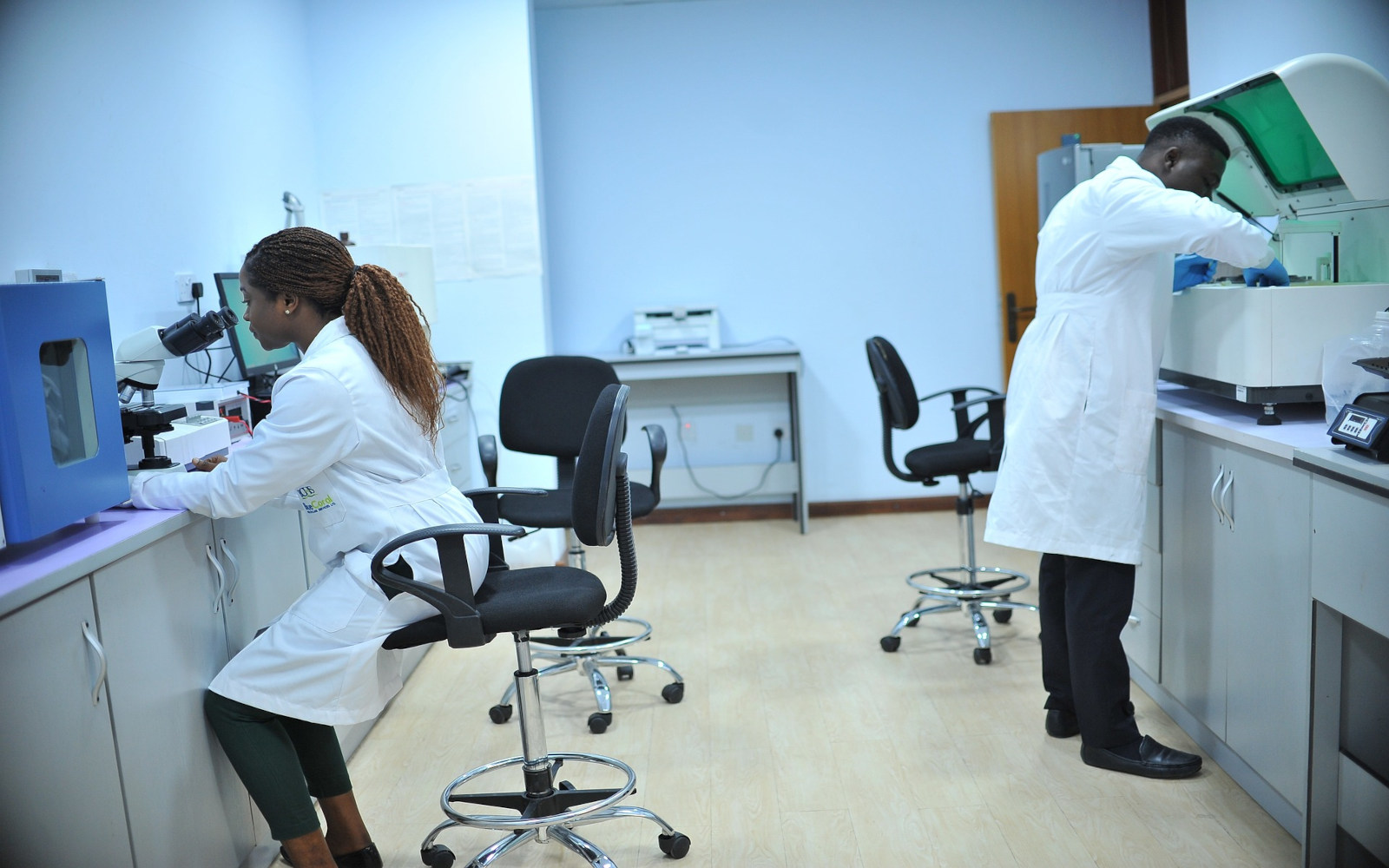In the healthcare sterile processing industry, maintaining a safe environment is critical due to the use of various sterilant gases. These gases, essential for disinfection, pose significant health risks if not adequately monitored.
This article provides an in-depth look at the common gases used, associated risks, and best practices for ensuring safe environments through advanced gas detection technologies.
Common Gases in Healthcare Sterile Processing and Their Uses
- Ethylene Oxide (EtO): A widely used sterilant for heat-sensitive medical equipment, EtO is highly effective but presents severe health risks, including carcinogenic effects. Monitoring EtO levels is essential to prevent respiratory issues and long-term health complications.
- Formaldehyde: Known for its strong disinfectant properties, formaldehyde can cause respiratory distress and skin irritation upon exposure. It is crucial to maintain safe concentrations in areas where it is used to prevent health hazards.
- Hydrogen Peroxide (H₂O₂): Utilized in vapor form, H₂O₂ is less harmful than other sterilants but can still cause respiratory discomfort if inhaled in high concentrations. Its primary advantage is breaking down into water and oxygen, making it a safer alternative in some contexts.
- Peracetic Acid (PAA): This strong oxidant, used for its antimicrobial properties, can be highly corrosive and irritating to the respiratory system. It requires careful handling and monitoring to ensure safety.
Risks and Safety Measures
The risks associated with these gases include acute toxicity, chronic respiratory issues, and potential carcinogenic effects. For instance, EtO exposure has been linked to increased cancer risks, while formaldehyde can cause significant respiratory problems. Implementing comprehensive gas detection systems is critical to mitigating these risks.
Advanced Monitoring Solutions and Best Practices
Advanced Detection Technologies
Incorporating technologies like real-time monitoring and data logging can significantly enhance safety protocols. These systems help maintain compliance with stringent OSHA and EPA regulations, ensuring that facilities meet the required safety standards.
Optimal Placement of Detectors
Proper placement of gas detectors is crucial for accurate monitoring. Detectors should be positioned in high-risk zones, near potential leakage points, and close to breathing zones to promptly detect harmful concentrations. For example, fixed detectors should be installed near sterilization chambers and storage areas for gases, while portable detectors can be used for routine checks and in emergencies.
Best Practices for System Maintenance
Regular maintenance and calibration of gas detection systems are vital for their effectiveness. This includes performing bump tests, sensor replacements, and system updates. Facilities should also consider environmental factors, such as airflow and temperature, which can affect sensor accuracy.
Case Studies
Recent case studies highlight the importance of proper gas detection. For instance, a hospital network avoided further incidents by implementing Interscan H₂O₂ monitors and establishing standard operating procedures (SOPs) for gas detection. Another notable case involved NASA using portable hydrazine monitors during spacecraft recovery missions, underscoring the critical role of gas detection in diverse settings.
Interscan’s AccuSafe fixed gas detection system and the GasD 8000 portable gas detector offer high sensitivity and real-time monitoring, ensuring that even minimal gas leaks are identified promptly.
Gas detection in healthcare sterile processing is a crucial aspect of workplace safety. Properly installed and maintained detection systems can prevent hazardous exposures, ensuring a safe working environment.
For facilities looking to enhance their safety protocols, consider the advanced solutions offered by Interscan, such as the AccuSafe and GasD 8000 systems. Contact us today to request a quote or learn more about these systems.


